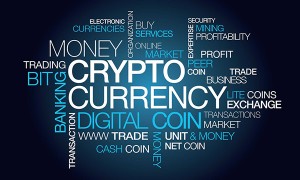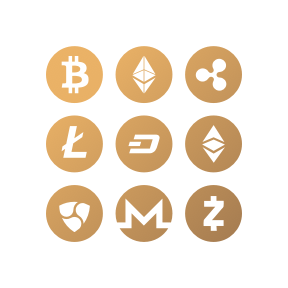
Digital currency is the currency, which is only digitally available. Unlike traditional currency, instant transaction, as well as borderless ownership is possible in the digital currency. We can generalize digital currency types as Virtual currency as well as Crypto currency. Let’s have a look at them.
Virtual currency
Digital representation of a value, which is not released by an authority. It’s also called virtual money, mostly issued as well as controlled by its developers and used among a specific virtual community. Sometimes, it can be used as an alternative to money – for example, virtual currencies sold within mobile applications.
Digital currencies and virtual currencies are similar. Digital currencies are closer to today’s standard money transactions like e-banking; whereas virtual currencies cannot be used for standard transactions like buying groceries, etc. till date.
Crypto currency
It’s a digital asset designed to work as a medium of exchange by the usage of cryptography.
Bitcoin, Litecoin, Ethereum, Ripple, Zcash, Dash, Monero – are the major crypto currencies. Bitcoin (Works on blockchain algorithm, created by Satoshi Nakamoto and often referred to as ‘gold’) and Litecoin (Created by Charlie Lee and often referred to as ‘silver’) are the most popular among them.
Cryptocurrencies are not legalized, and governments have been warning about the risks of using it, worldwide.

As of now, digital currencies are gaining popularity via cyber world. Digital currencies are also prone to malpractices, like investment through unaccounted money. But, irrespective of its volatile nature, lack of security as well as authorization by authorities, worldwide digital currency users are increasing in number, and more countries are showing interest in it. Let’s wait to see whether it will be the future’s currency or not.
